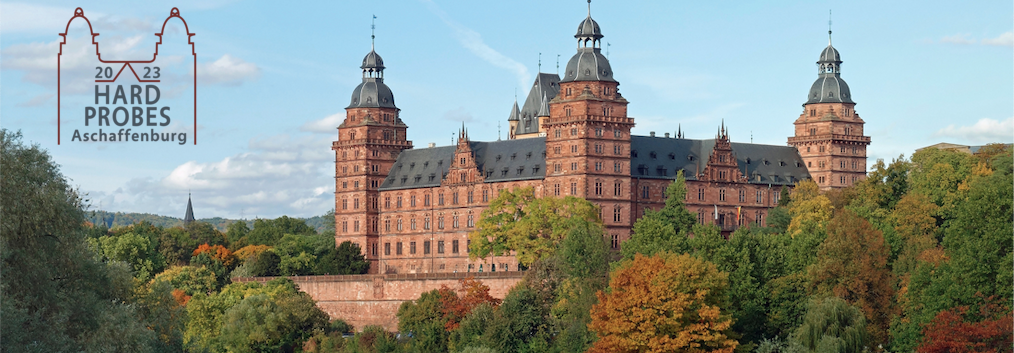Sprecher
Beschreibung
In studies of the QGP, it has been observed that in high-energy heavy-ion (A+A) collisions, high-momentum hadrons and heavy flavor electrons are suppressed, indicating that QGP is strongly coupled, and that quarks lose energy as they traverse the medium. In order to quantitatively discuss this important energy loss mechanism, for charged hadrons consisting of light quarks, in addition to the conventional fractional momentum losses (Sloss), which uses the comparison with p+p, the angle-dependent fractional momentum losses (S'loss) at different emission angles using azimuthal anisotropy ($v_2$) are measured at $\sqrt{{s}_{NN}}$ = 200 GeV. We will report the detailed and new path-length dependent functions obtained from these measurements.
We will also discuss the latest heavy quark measurements in PHENIX for a comprehensive understanding of the energy loss mechanism. Like light quarks, heavy quarks lose energy when interacting with the QGP. The gluon bremsstrahlung by heavy quarks is expected to be suppressed at small angles due to the dead cone effect, and thus the energy loss is expected to be quark-mass-dependent. PHENIX silicon detectors are able to separate single electrons from charm and bottom decays by utilizing the difference of their decay lengths. In this talk, we will report the latest results of heavy flavor productions and their nuclear modifications as a function of $p_T$ and centrality, and discuss the energy loss mechanisms in QGP.
Affiliation
Nara Women's University
| Experiment/Theory | PHENIX |
|---|
